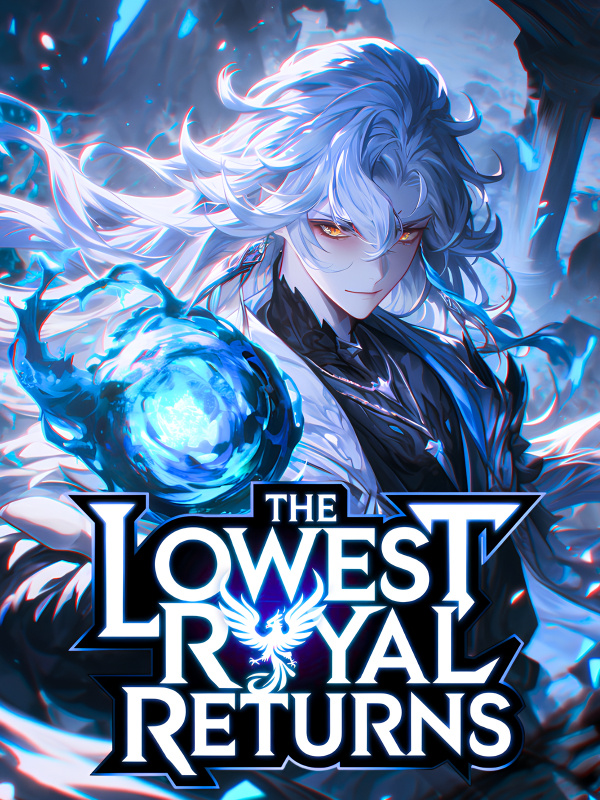©Novel Buddy
I can upgrade the shelter-Chapter 156 - 154: Choosing a Dryer (Seeking Monthly Votes)
Chen Xin was still a bit hesitant about the tray design. Although it was supposed to be drawer-style, it would still essentially be a large tray. Should the bottom of the tray be made of airtight iron sheets, or should it be made of breathable mesh?
Chen Xin looked at the design drawing he had sketched and fell into hesitation.
The entire cabinet design wasn’t difficult; it could simply be made into a four-legged standing cabinet. As for the bottom, just placing a blower to blow hot air upward would already be a perfect design.
The challenge for Chen Xin was the design of the tray used for holding the rice grains inside the cabinet. He had difficulty deciding on what structure to use.
In the whole cabinet, Chen Xin planned to place about twelve layers of trays so that more rice grains could be dried at once while ensuring ventilation. With three bags of over two hundred pounds of rice, it would take about four or five batches to dry everything.
But the question was whether to use iron trays or mesh trays?
Iron trays have better load-bearing capacity and can hold more rice grains. With mesh, the load capacity isn’t as good, and it clearly would hold fewer rice grains, which might mean more work for him.
Moreover, the iron tray structure is quite simple and relatively easy to make; just cut a piece of iron sheet and fold the edges to finish.
With mesh, however, you first have to make the frame and then secure the mesh, not just by nailing a few nails, but by using a pressure strip to tightly press the four sides so it won’t fall apart.
The main issue is that the mesh isn’t very durable; even wire mesh can unravel if it frequently bears weight.
However, if you could get hold of old kitchen strainers or sieves, that would be ideal; they are much sturdier than wire mesh and have fine meshes yet still enough breathability, making them perfect for this job.
It’s just that such items are hard to find now, and even if available, they aren’t large enough. Making a fine metal mesh oneself, even with system assistance, is a demanding task.
After all, without blueprints, using the system’s power only processes the materials into Chen Xin’s desired shapes, while assembly of the components is still up to him.
So, while sketching design drawings and pulling his hair, Chen Xin also asked Li Yulong to help get a grain dryer or some metal mesh.
However, even Li Yulong, who wanted to work the trade market, found it a bit challenging, saying he would do his best to find them but couldn’t guarantee their availability.
Chen Xin also felt a bit helpless about it. If suitable meshes really couldn’t be found, he would have to consider abandoning the standing cabinet design and making it into a drum.
What’s known as a drum is essentially a horizontally placed rotating cylinder with baffles inside. After putting in the grains, it’s heated with electricity while rotating, using the heat to evaporate the moisture from the grains until dry.
Drum-style and upright cabinet-style are two common dryer types regardless of size; however, relatively speaking, drum-type electric heating undoubtedly consumes more electricity than dryers using blowers.
Precisely due to energy saving considerations, Chen Xin still hoped to use an upright blower dryer instead of a drum-type electric heater.
Fortunately, after the rice grains were harvested, they could be stored temporarily for a few days, and the dryer wasn’t immediately needed. Moreover, if worse comes to worst, Chen Xin could spread the grains on the shelter’s floor for natural air drying.
Of course, natural air drying is incredibly inefficient and takes up a lot of space, as over two hundred pounds of grain spread out would cover a large area. For Chen Xin, the only conceivable place to do this would be the passage connecting the shelter’s entrance to the interior.
The tens of meters long passage has a fully hardened cement surface, and is straight and flat. Spreading the grains there could indeed provide natural air drying.
However, doing so might need a week to truly dry the grains.
Moreover, considering that the internal air humidity of the shelter is relatively high is necessary. Although the ventilation system expels some moisture, and the water circulation system Chen Xin installed at the earliest stages of building the shelter recovers some moisture, the existence of a growing greenhouse means the relative humidity remains higher due to plant transpiration.
Thus, air drying like that can dehydrate the grains but cannot achieve the effect a dryer would, so there will still be some moisture remaining, affecting storage.
Yet if no other options are available, that’s the only solution.
Before addressing these issues, however, Chen Xin had one more important task to do.
That was... to cook rice!
Freshly harvested rice couldn’t just go without cooking a fragrant bowl of rice to taste the fruits of his labor, right?
Dehulling rice grains isn’t particularly troublesome; if the rice is already dried, even hand-rubbing could remove the husks, turning the grains into brown rice.
However, if insufficient moisture is removed, tools would be necessary for processing.
Before the disaster, even in rural areas, few people manually husked grains; rural areas typically had grain processing stations with machines that, when rice grains were poured in, would process them into white rice, and the husks would be collected as bran.
Bran is valuable; though just husks detached from rice grains, it does contain some nutrients, and even some scholars have discovered that rice bran oil inside can help lower cholesterol.
Moreover, bran itself is edible, although most bran now is used for feeding livestock, in ancient times, it wasn’t uncommon for impoverished people to eat bran.
The idiom "eat bran and swallow vegetables," or the northern dishes such as bran wotou or bran dough are all evidence of bran consumed in the past by less fortunate individuals.
Of course, Chen Xin wasn’t planning on eating bran but rather saving it to see if he could raise some livestock himself.
He certainly couldn’t raise pigs, but perhaps chickens or rabbits could be achievable for him.
The crucial issue is getting the right seed stock, which is hard, and even if things exist in the city’s underground planting areas, acquiring them would be difficult.
As for the rice grains after the bran is removed, they technically aren’t the same rice people ate before the disaster. Before the disaster, the rice was polished further, removing the layers and germ to make it white.
True rice with only the husk removed should be light brown or beige, which was what became popular before the disaster as brown rice, or whole grains.
Because it retains the layer and germ, it has relatively higher nutritional value.
For Chen Xin, he decided to dehull the rice grains through pounding.






